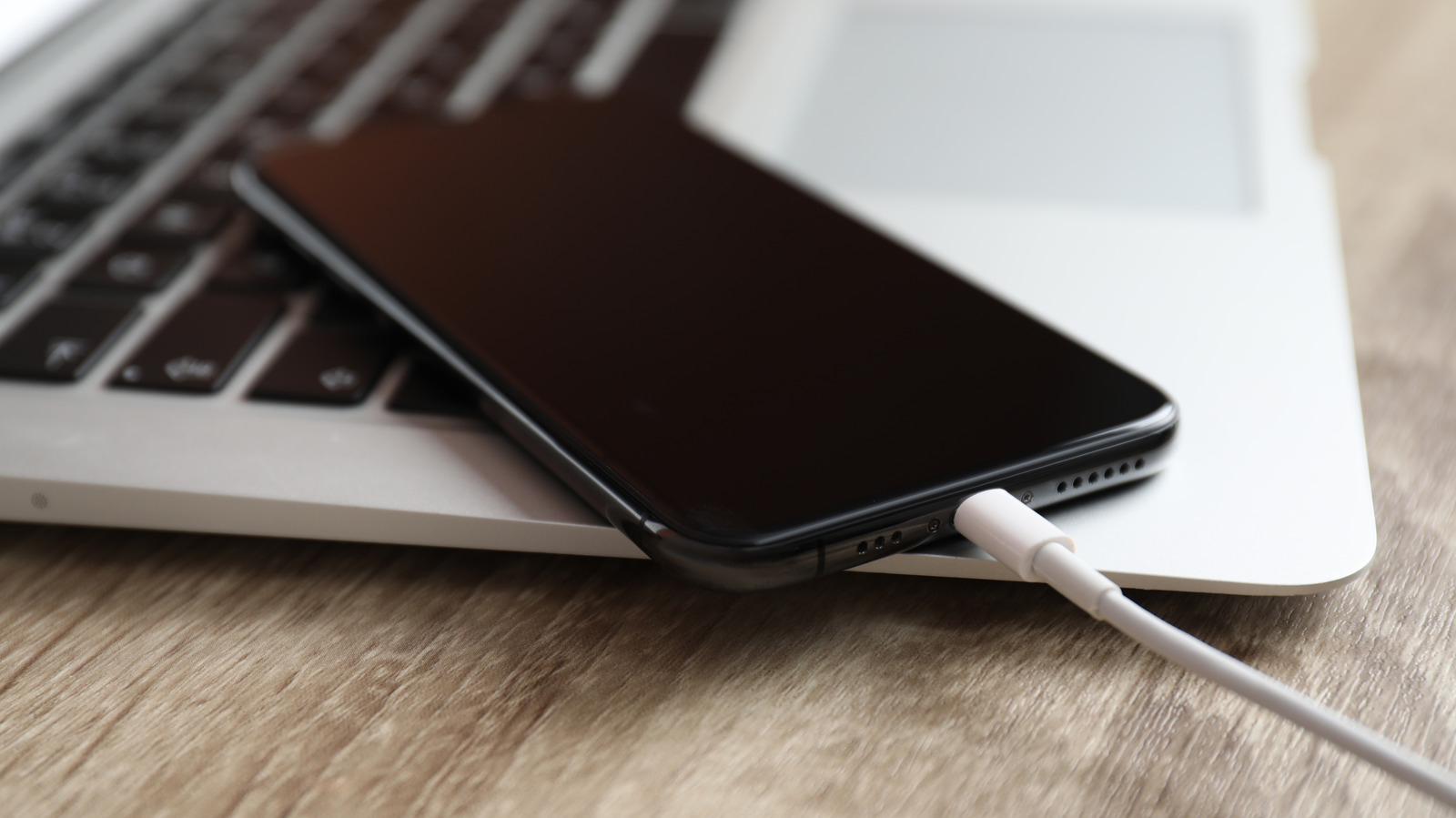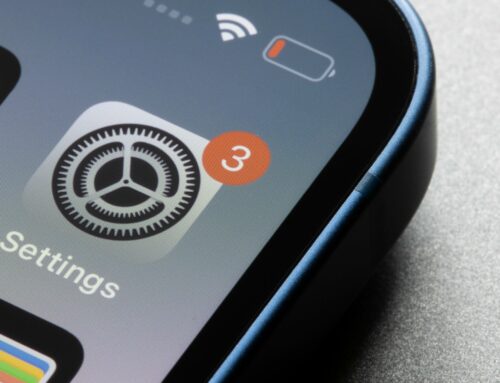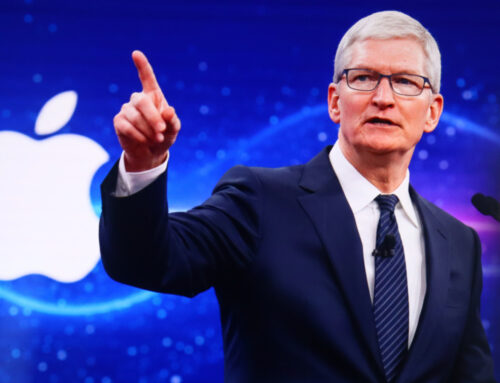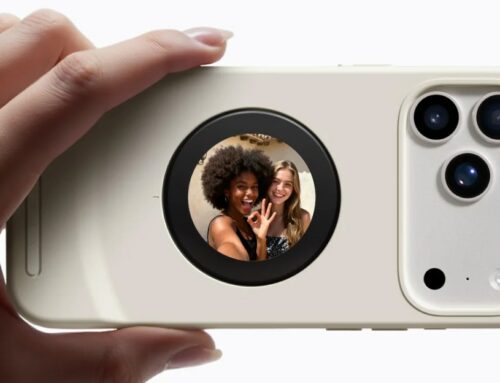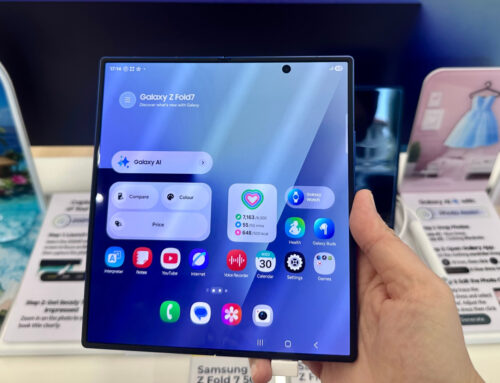New Africa/Shutterstock
Any smartphone user can tell you that one of the most stress-inducing situations you can find yourself in when it comes to your mobile device is running out of battery when you need it to keep functioning. If you own an iPhone and you have a habit of checking your screen for incoming notifications and other updates, you can rig your gadget to show its battery life in percent format by default and make it easier to know when it’s time to plug it into a power source. What do you do though when you don’t have your iPhone charger handy?
Recently, Apple users may have noticed that when they upgraded to a new Phone, a power adapter was no longer included in the box. While the company’s reason for doing so is truly admirable — it’s more environmentally-friendly! — it makes it more probable for iPhone users to leave their charging cable behind when they need it the most. Of course, in the off-chance that they do have their cable but not a power adapter, they can connect their iPhone to a computer, a car, or any socket that has a USB outlet. Other ways of ensuring that you never run out of battery while you’re out and about is equipping your phone with a charging case or a portable battery pack.
What about the power adapter of Mac laptops, though? Can they be used to charge an iPhone?
There’s good battery-charging news for iPhone users who also own other Apple gadgets
Raxsoller Malayte/Shutterstock
According to Apple, if you own a Mac laptop or an iPad and have immediate access to the USB power adapter that came with it, you can certainly use it to charge your iPhone without the worry of potentially damaging your mobile device’s battery. It can also be used to charge other Apple products like a pair of AirPods or the Apple Watch. The following Apple USB power adapters are some of the options that can be used to charge your iPhone, provided that you have a USB-to-lightning cable:
- 5W USB power adapter that came with iPhones that preceded the iPhone 11
- 10W US power adapter that was included with every iPad Air and iPad Air 2, iPad 2, and iPad mini 2,3, and 4
- 12W USB power adapter that was packaged with several versions of the iPad Pro
If you have a Mac USB-C power adapter or other third-party adapters that fulfill Apple‘s safety standards, they can be used to charge your iPhone as well. Certain USB-C power adapters, when used in tandem with Apple’s USB-to-lightning cable, have the ability to fast-charge an iPhone 8 and later iterations up to 50% battery in about half an hour (via Apple). This includes the 29W USB-C power adapter that accompanied older MacBook models that were released in 2015 onwards as well as the 30W, 35W, 61W, 67W, 87W, 96W, and 140W USB-C power adapters that came with certain versions of the MacBook Air and MacBook Pro. If you own a MacBook laptop and have its Apple-brand power adapter, you should be able to see its wattage printed right on the device itself and determine if it can be used to charge your iPhone.

